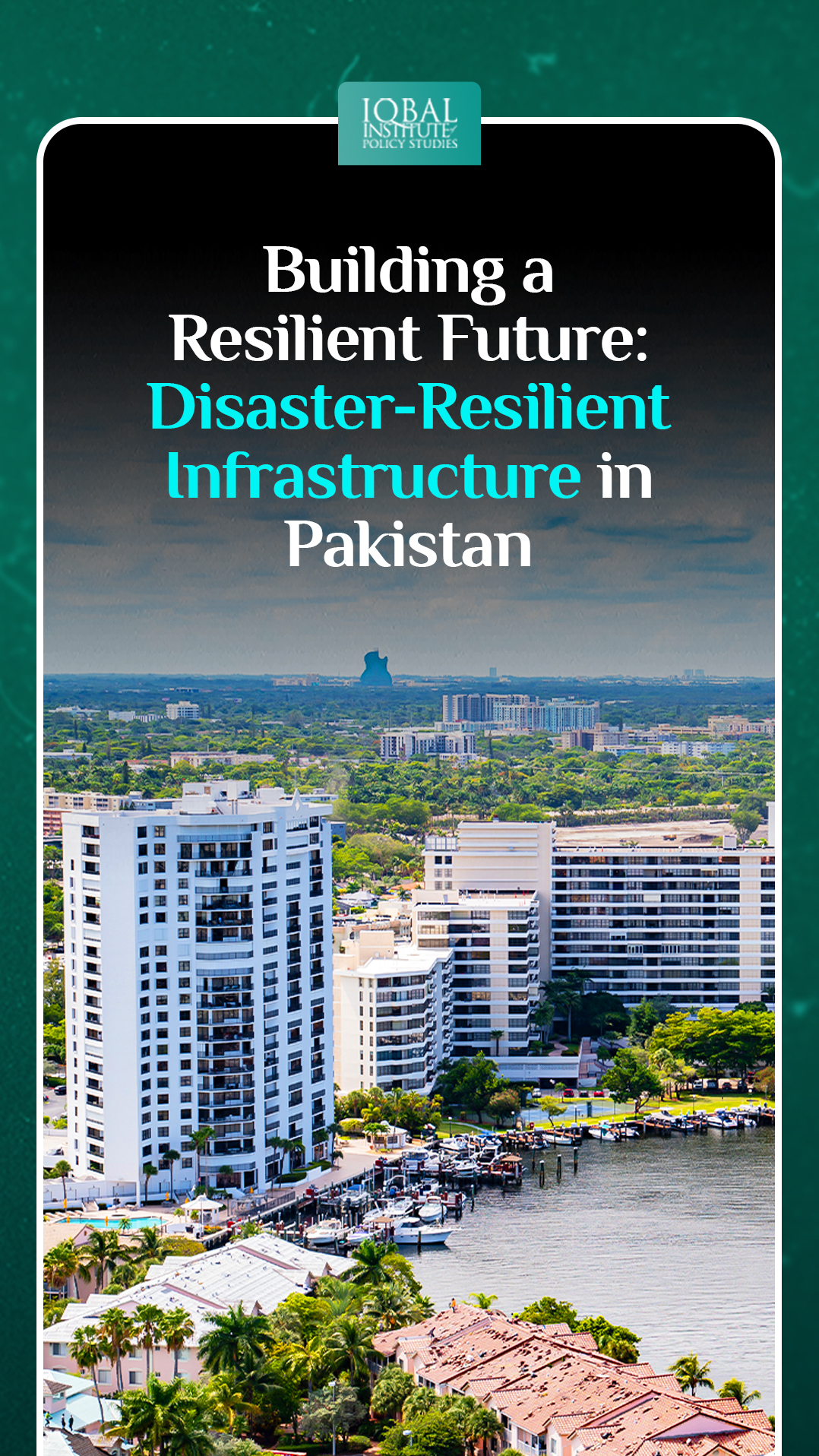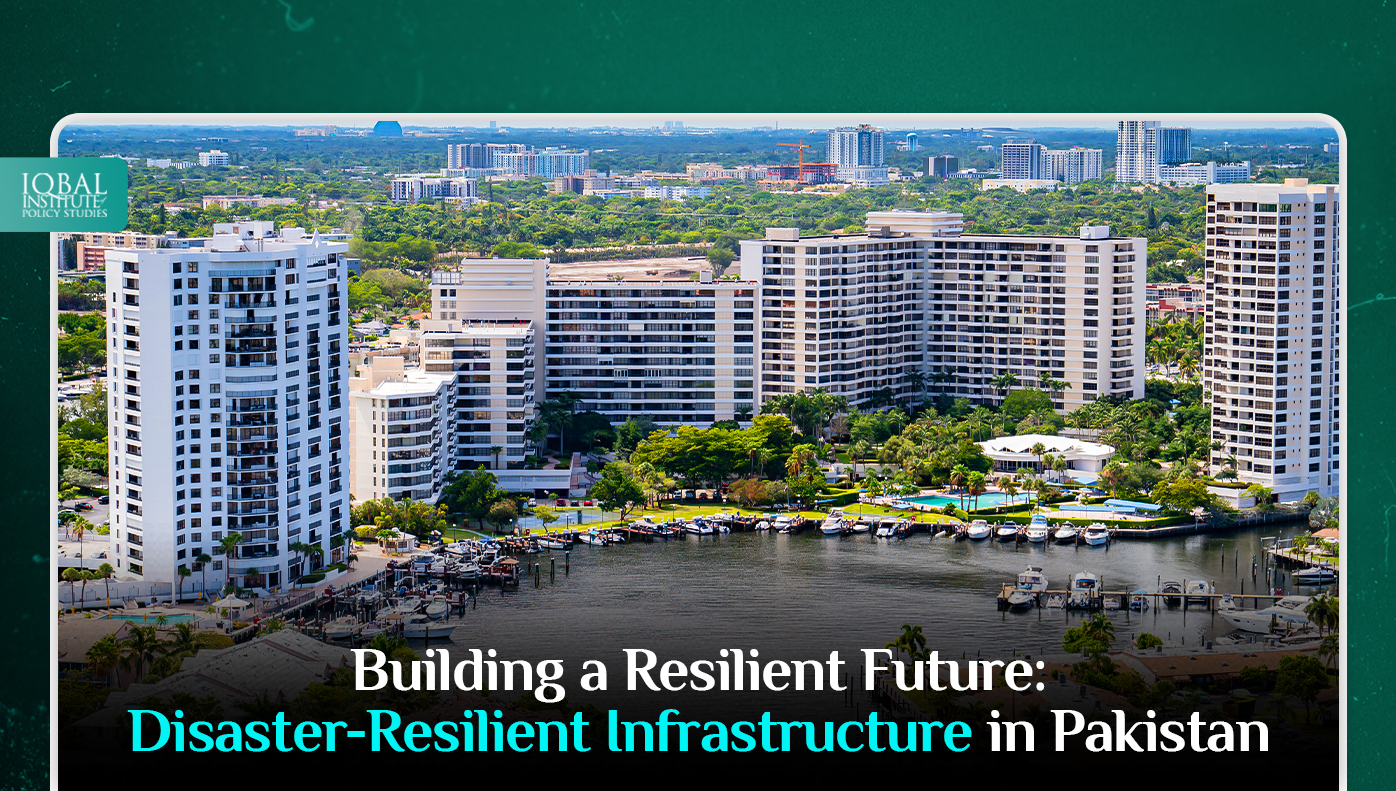Pakistan, a country known for its diverse landscapes, faces a recurring challenge: natural disasters. The nation has witnessed its fair share of calamities, from earthquakes to floods to cyclones to droughts. These disasters result in loss of life and wreak havoc on infrastructure, impeding economic progress and social development. In the face of such adversity, the concept of disaster-resilient infrastructure has gained prominence in Pakistan, aiming to mitigate risks, enhance preparedness, and ensure a sustainable future for the nation.
Understanding the Need for Disaster-Resilient Infrastructure
Natural disasters are an unfortunate reality that humanity must grapple with. From earthquakes and floods to hurricanes and wildfires, these events can wreak havoc on communities and economies, causing untold suffering and financial losses. To mitigate the impact of these disasters, there’s a growing recognition of the need for disaster-resilient infrastructure.
Frequency and Severity of Natural Disasters
In recent years, the world has witnessed an alarming increase in the frequency and severity of natural disasters. Climate change, in particular, is exacerbating these events. Warmer temperatures can lead to more intense storms while rising sea levels increase the risk of coastal flooding. As such, disaster-resilient infrastructure has become an urgent priority.
Protection of Human Lives
The primary goal of disaster-resilient infrastructure is to protect human lives. Buildings, roads, bridges, and other critical infrastructure must be designed and constructed to withstand the forces of nature. This means adhering to stringent building codes, using resilient materials, and implementing advanced engineering techniques.
Economic Stability and Prosperity
Natural disasters have a profound impact on economies. The destruction of infrastructure disrupts supply chains, leads to business closures, and results in massive repair and recovery costs. By investing in disaster-resilient infrastructure, nations can safeguard their economic stability and long-term prosperity.
Reduction of Human Suffering
Beyond the financial losses, natural disasters cause immense human suffering. Displaced populations, injuries, and loss of livelihoods are all too common in the aftermath of these events. Disaster-resilient infrastructure can provide safer shelters, emergency response facilities, and robust communication networks, reducing the human toll.
Environmental Conservation
Disaster-resilient infrastructure can also contribute to environmental conservation efforts. By designing infrastructure that is less disruptive to ecosystems and natural habitats, we can minimize the ecological damage caused by construction and post-disaster recovery efforts.
Key Components of Disaster-Resilient Infrastructure
Seismic Retrofitting and Building Codes
Pakistan is prone to earthquakes, and retrofitting existing buildings to meet seismic standards and enforcing stringent building codes for new construction is essential. This will ensure that structures can withstand seismic shocks, protecting lives and reducing property damage.
Flood Control Measures
Given the history of devastating floods in Pakistan, investment in flood control infrastructure is paramount. Building and maintaining robust embankments, levees, and flood diversion channels can help mitigate the impact of floods.
Early Warning Systems
Timely and accurate information can save lives in the event of a disaster. Developing and maintaining early warning systems for various natural disasters, including floods, cyclones, and earthquakes, is crucial to disaster preparedness.
Resilient Transportation Networks
Roads, bridges, and airports are the lifelines of any country’s economy. Designing these infrastructure elements to withstand disasters ensures that supply chains remain intact, enabling rapid response and recovery.
Safe Drinking Water and Sanitation Facilities
Access to clean water and sanitation is vital during and after disasters to prevent the outbreak of waterborne diseases. Ensuring the resilience of water supply and sanitation systems is a critical component of disaster-resilient infrastructure.
Challenges to Implementing Disaster-Resilient Infrastructure in Pakistan
Financial Constraints
The upfront costs of building disaster-resilient infrastructure can be substantial. Mobilizing financial resources at the national and international levels is essential to overcome this challenge.
Policy and Regulatory Frameworks
Developing and enforcing appropriate policies and regulations for disaster-resilient infrastructure is crucial. This includes updating building codes, land-use planning, and zoning regulations to incorporate disaster risk reduction measures.
Capacity Building
Building the technical and managerial capacity of government agencies, engineers, and construction professionals is necessary to ensure the effective implementation of disaster-resilient infrastructure projects.
Community Engagement
Involving local communities in disaster risk reduction efforts is vital. Communities should be educated about disaster preparedness and involved in decision-making processes related to infrastructure development.
Success Stories and Ongoing Projects
The Indus Highway Improvement Project
This initiative aims to upgrade and expand the Indus Highway to improve connectivity and resilience in flood-prone regions.
The National Disaster Risk Management Fund (NDRMF)
This government-backed fund is working on various projects across Pakistan to enhance disaster resilience in infrastructure, including schools, hospitals, and roads.
Karachi’s Resilient Infrastructure Development Program
Karachi, Pakistan’s largest city, is vulnerable to both floods and earthquakes. The program focuses on retrofitting and improving critical infrastructure, such as sewage and stormwater systems, to withstand these disasters.
Conclusion
Building disaster-resilient infrastructure in Pakistan is not a luxury but a necessity. The nation’s vulnerability to natural disasters, coupled with the increasing challenges of climate change, demands proactive measures. By investing in resilient infrastructure, Pakistan can save lives, protect livelihoods, and ensure sustainable development in the face of adversity. It’s a step toward a safer, more secure, and resilient future for all Pakistanis.
This article is written by Radma Nouman. Radma is a research analyst at the Iqbal Institute of Policy Studies (IIPS).



Leave a Reply